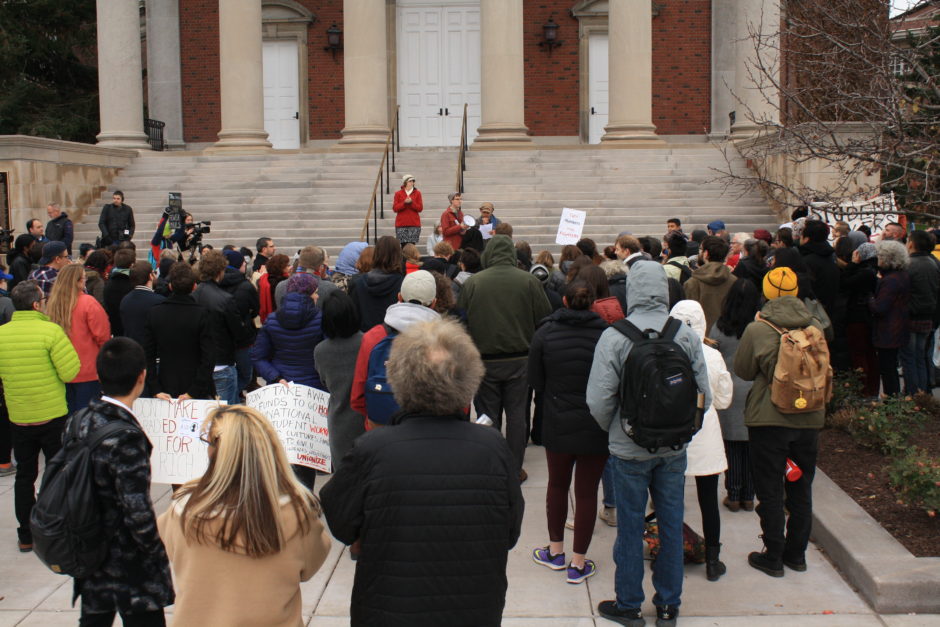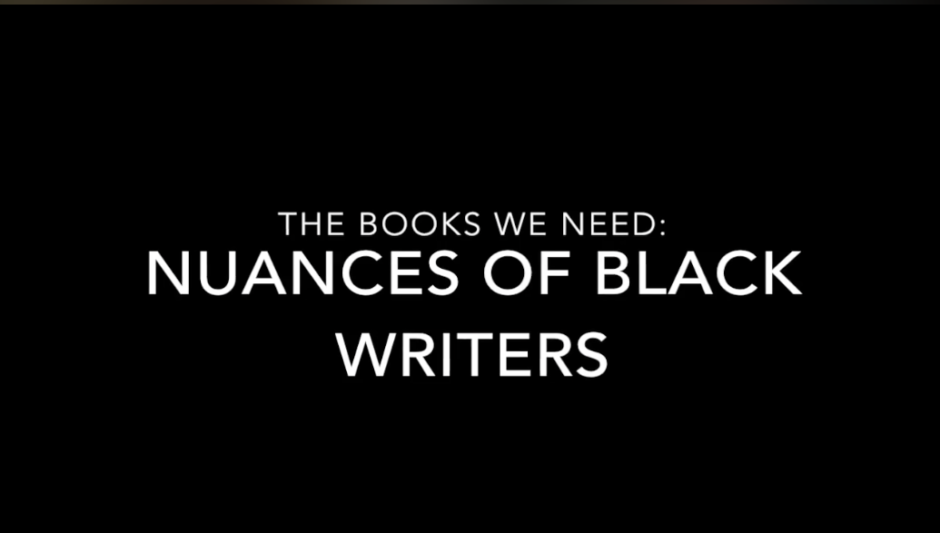I still remember the moment as an undergraduate in the late 90s when I randomly pulled Berlin’s Rhetoric and Reality off the shelf of my college library. At that time, I was a literature major passionate about critical theory, English teaching, and social justice. After I read Berlin’s book, I became an aspiring composition and rhetoric scholar. In Berlin’s work, I found a vision of a field dedicated to the teaching of writing as a deeply philosophical and political activity that could contribute to material social change—a vision that inspires me to this day.
When I came to graduate school (a land where one learns to critique everything one loves!), I came to take a much more critical view of Berlin’s work. I started to realize how Berlin problematically centered attention on the writing of white men at privileged institutions—leaving us with a very narrow and exclusionary understanding of the field’s history. (Terese Guinsatao Monberg’s post in this series compellingly engages this important line of critique). I also came to see how Berlin’s famous epistemological taxonomy was leading many compositionists to completely disregard the insights of scholars who had been deemed not epistemic enough in orientation—a point Lisa Ede eloquently made in her Situating Composition.
Building on Ede’s work, my own book, Remixing Composition, argued for a historical methodology of remix that sought to resist the kind of hierarchical taxonomies that animated Berlin’s narrative. In hindsight, though, I think my book sought not so much to critique Berlin’s work itself, but rather to challenge the claims of “Berlinians” who increasingly turned his provisional taxonomy into a rigid orthodoxy (e.g “we don’t need to read the expressivists anymore since Berlin told us they were problematic.”) Yet, Berlin quite explicitly warned us not to take his narrative as the final word, reminding readers that “I do not claim to be definitive. A great deal more needs to be said about this period, and I hope others will be encouraged to do so” (19). Here, I can see Berlin encouraging scholars in the field to complicate and extend his narrative—as many have done in the past 30 years.
When I re-read Berlin’s work now, I’m most struck by his ambitious attempt to offer a comprehensive overview of the field, noting that he sought to “include all major and most minor developments in the teaching of writing in American colleges from 1900 – 1985” (18). I can’t think of a historical book in the field since that has set out quite such an ambitious plan of coverage. And, in many ways, this is a good thing. After Berlin, scholars have increasingly turned towards composing more focused and deep historical case studies that have added much complexity and insight to the stories we tell about our past.
Nevertheless, I find myself wondering if it may be time once again for scholars to imagine broad historical projects that attempt to take stock of the increasingly massive archive(s) of writing instruction in the twentieth century. I think we could use more meta-analyses that synthesize the insights of all the diverse historical scholarship that has been published over the past thirty years. We could also make more use of distant reading and other quantitative textual analysis methods to locate and visualize trends in the field’s archives (as scholars such as Ben Miller and Derek Mueller have suggested).
Although distant reading methods might help us make better sense of large digital archives, we must remember that our own positionalities will inevitably shape the questions we ask of these archives and the methods we use to engage them. Furthermore, we should remain mindful that much of the history of the field has not been digitized—that contemporary digital archives, like Berlin’s history, still tend to privilege white men at “elite” institutions.
Berlin’s attempt to be comprehensive inevitably failed in some ways because it was not a task that could be accomplished by one person alone. Recognizing this, I think we need to imagine how “big histories” of the field might be composed collaboratively by collectives of scholars employing diverse methods and engaging diverse archives. Such collaborative histories would still inevitably have limitations, but they could allow for more complex stories to arise. What ideas do ya’ll have for how we might work together to compose “big histories” of the field?
-Jason Palmeri, Miami University
Editor Note: To post a comment, please click “Comments” on the side of the title or click the title of the piece and scroll down. Then post a comment filling in the relevant fields, like your name, e-mail, etc. You may also subscribe to the particular post if you wish to receive follow-up e-mail regarding the conversation.

 Hi! My name is María Carvajal. I’m a PhD student at the University of Illinois at Urbana Champaign and a member of the Latinx Caucus. When Steve Parks approached me last year to see if I wanted to share what book I thought the field needed my first thought was, oh wow, this sounds like such a great panel. But also, how am I supposed to speak for the field? This semester, I’m reading in preparation for my special fields exam, so the book I really need is a book that summarizes, analyses, and critiques all of the texts in my reading list. But since nobody but me would likely want to read such a book, I have been thinking really hard about what book I think we need for months. This turned out to be a lot harder than I thought it would be. New events kept happening almost daily that I think needed and still need the field’s attention.
Hi! My name is María Carvajal. I’m a PhD student at the University of Illinois at Urbana Champaign and a member of the Latinx Caucus. When Steve Parks approached me last year to see if I wanted to share what book I thought the field needed my first thought was, oh wow, this sounds like such a great panel. But also, how am I supposed to speak for the field? This semester, I’m reading in preparation for my special fields exam, so the book I really need is a book that summarizes, analyses, and critiques all of the texts in my reading list. But since nobody but me would likely want to read such a book, I have been thinking really hard about what book I think we need for months. This turned out to be a lot harder than I thought it would be. New events kept happening almost daily that I think needed and still need the field’s attention. 

 In 2017, SWR initiated a new project, “The Book I Need, designed to sponsor discussion on what type of scholarship the series should be publishing – particularly from the perspective of graduate students.
In 2017, SWR initiated a new project, “The Book I Need, designed to sponsor discussion on what type of scholarship the series should be publishing – particularly from the perspective of graduate students.